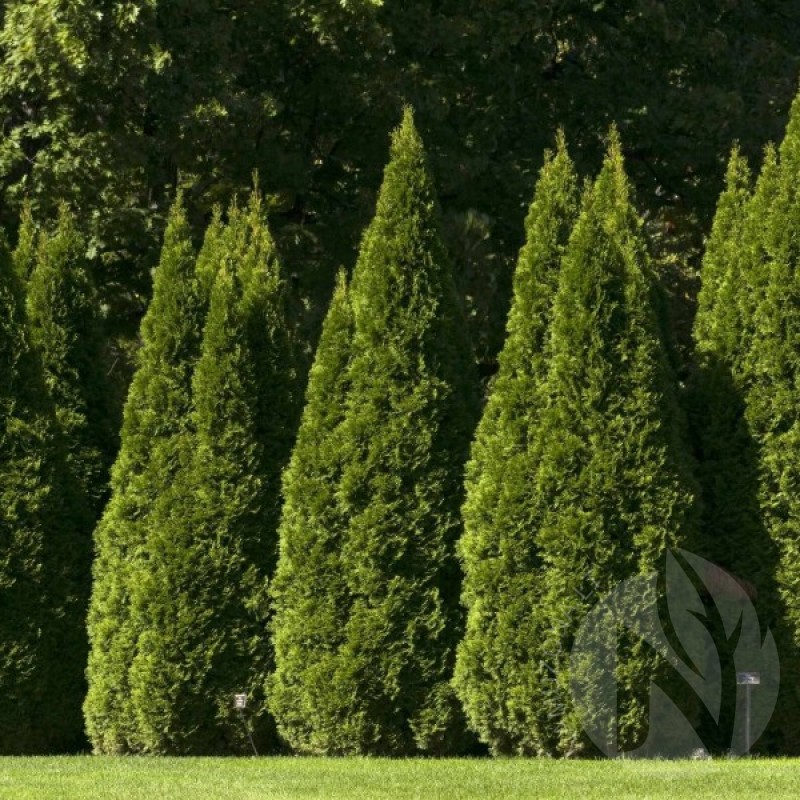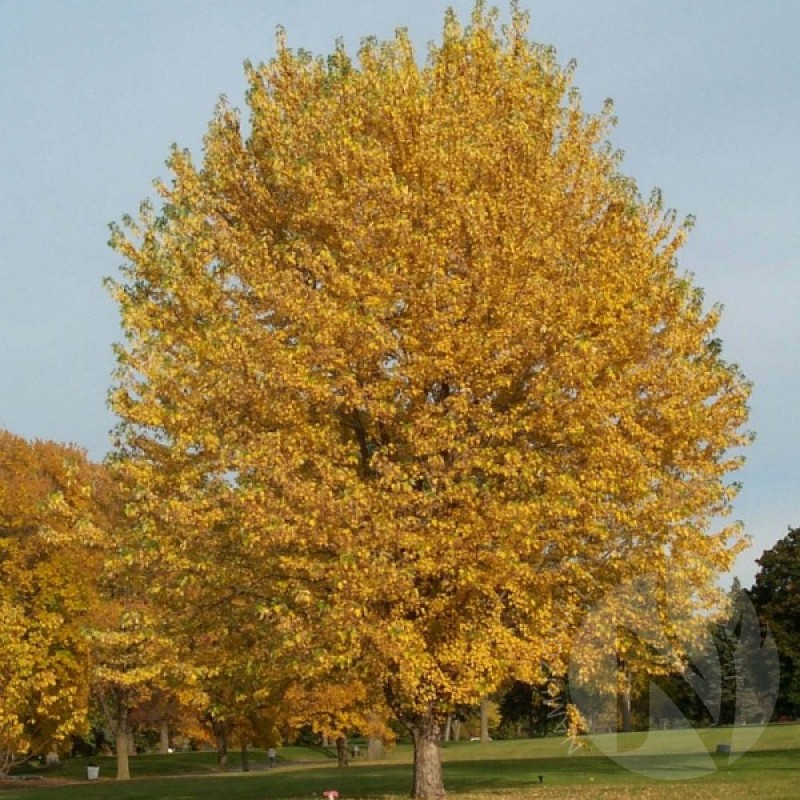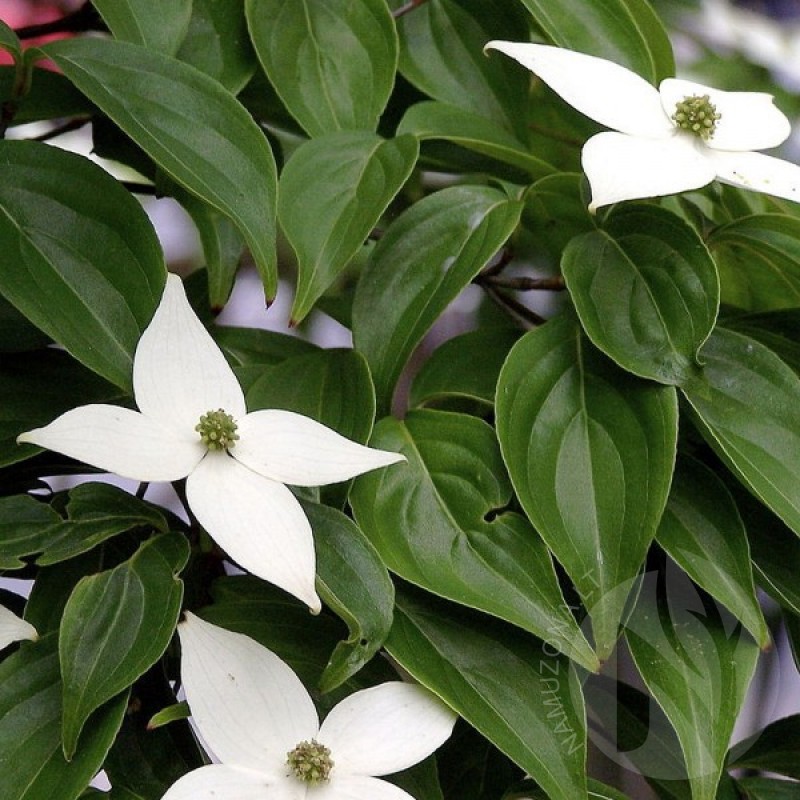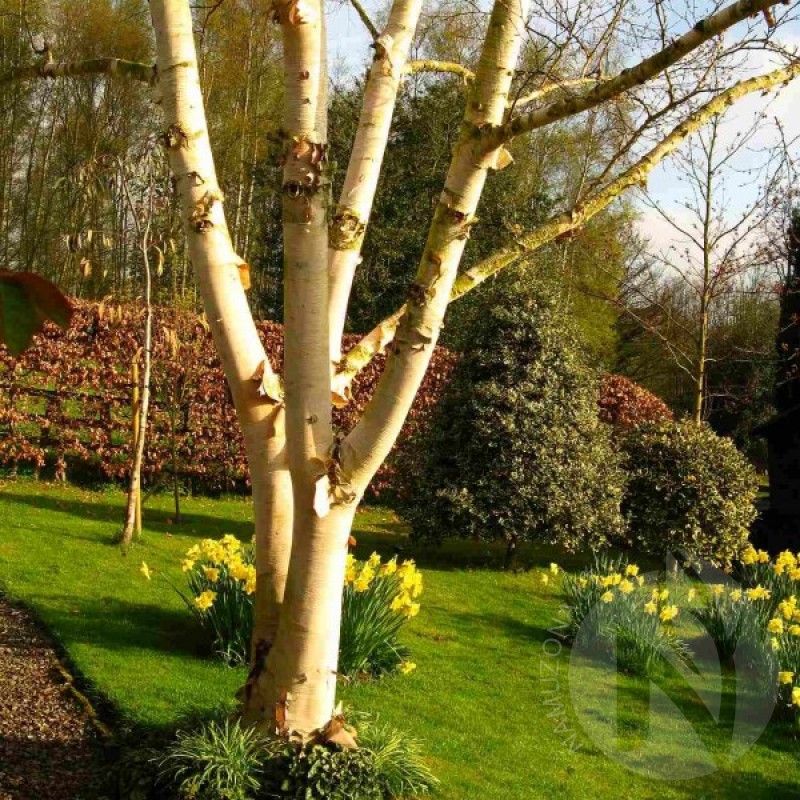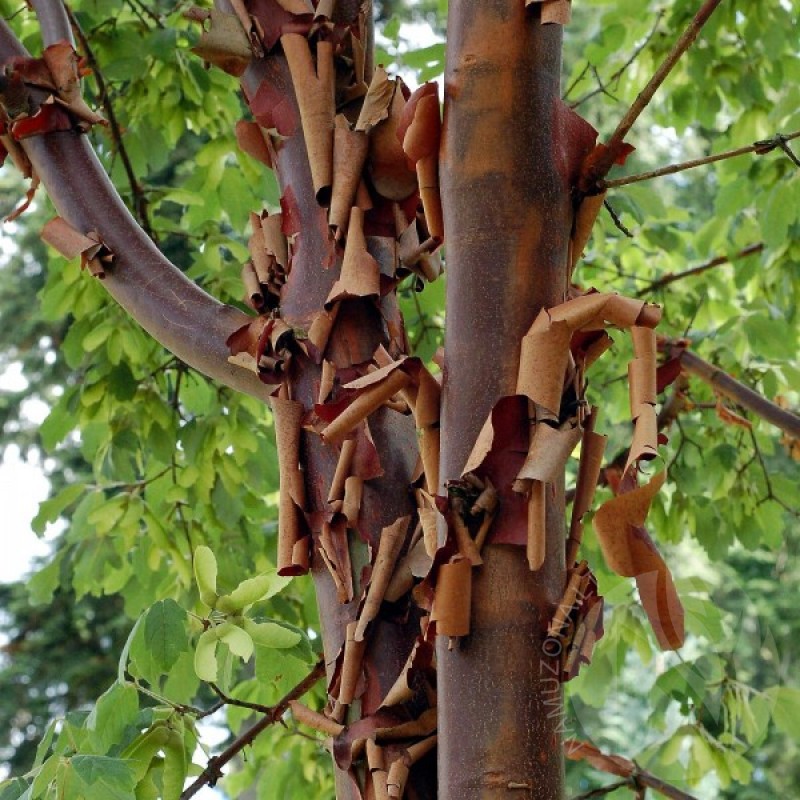
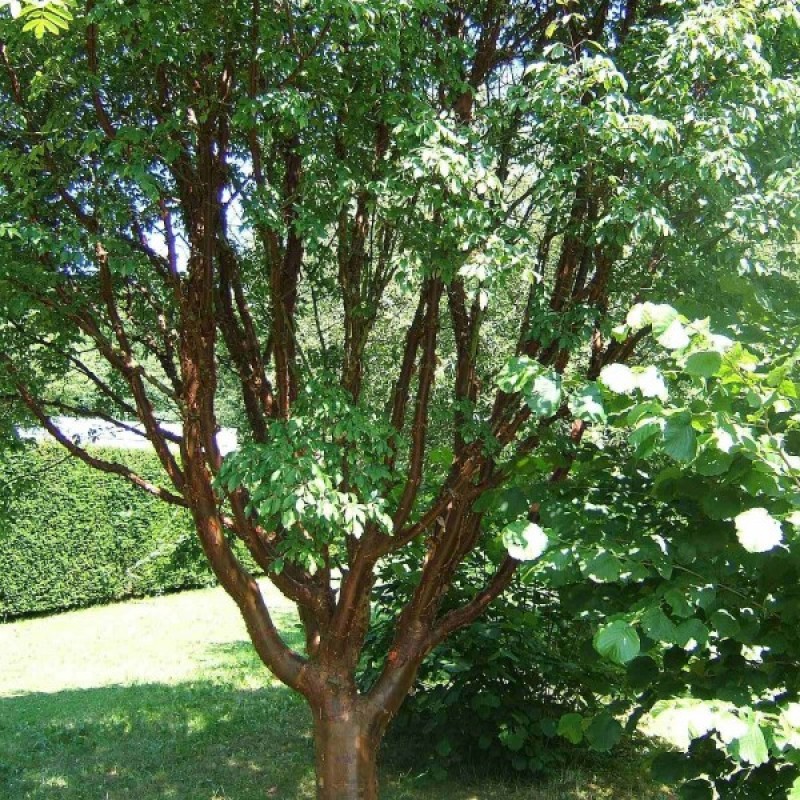

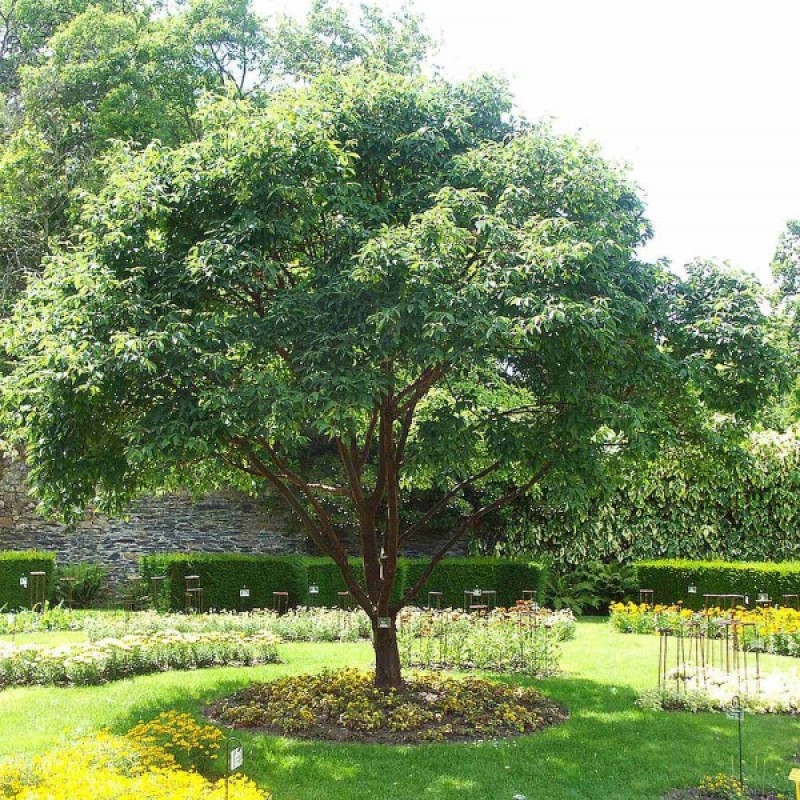
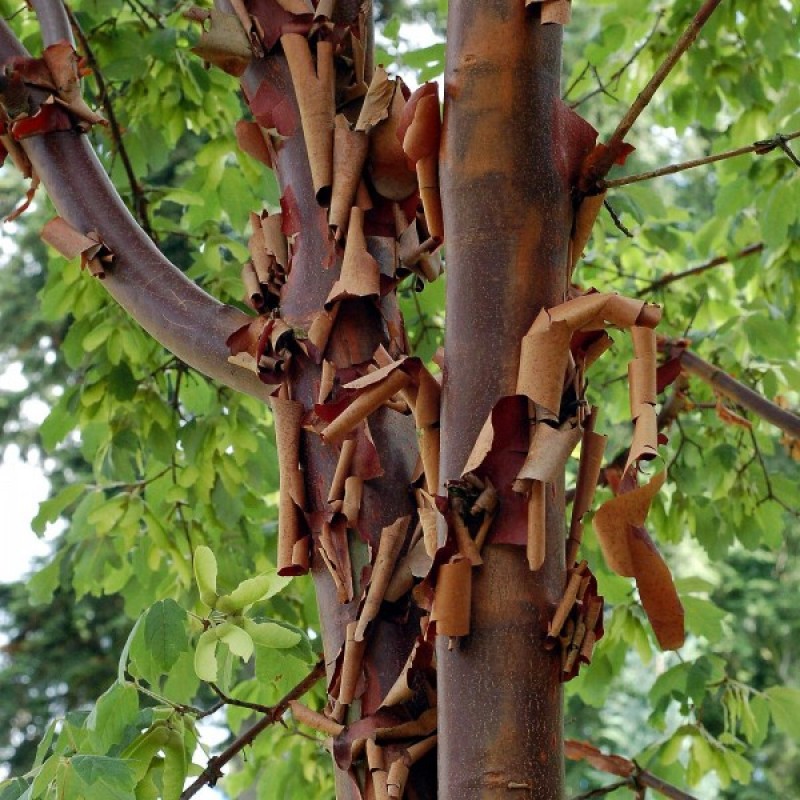
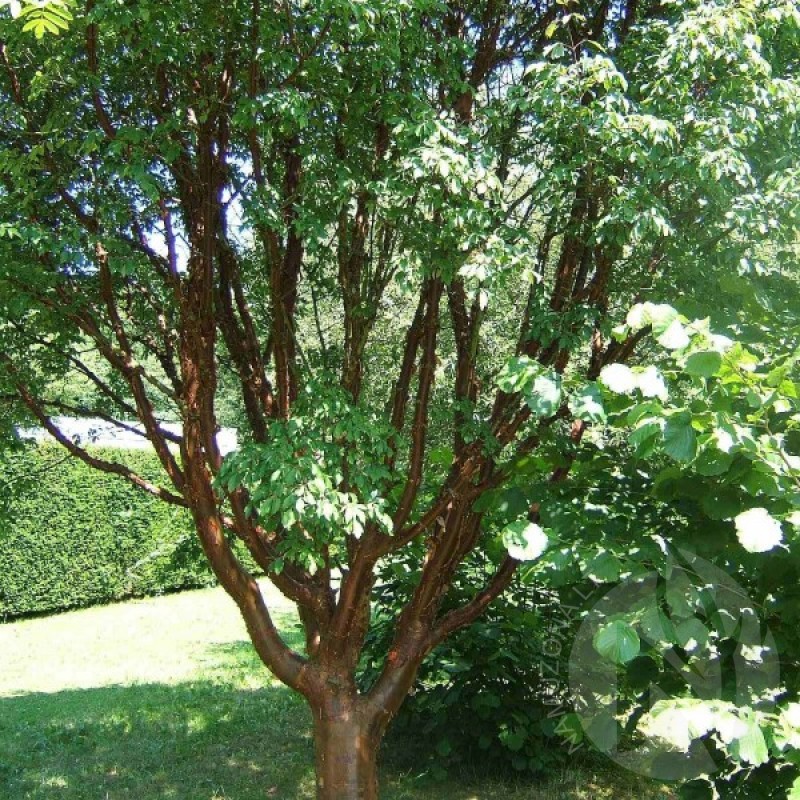
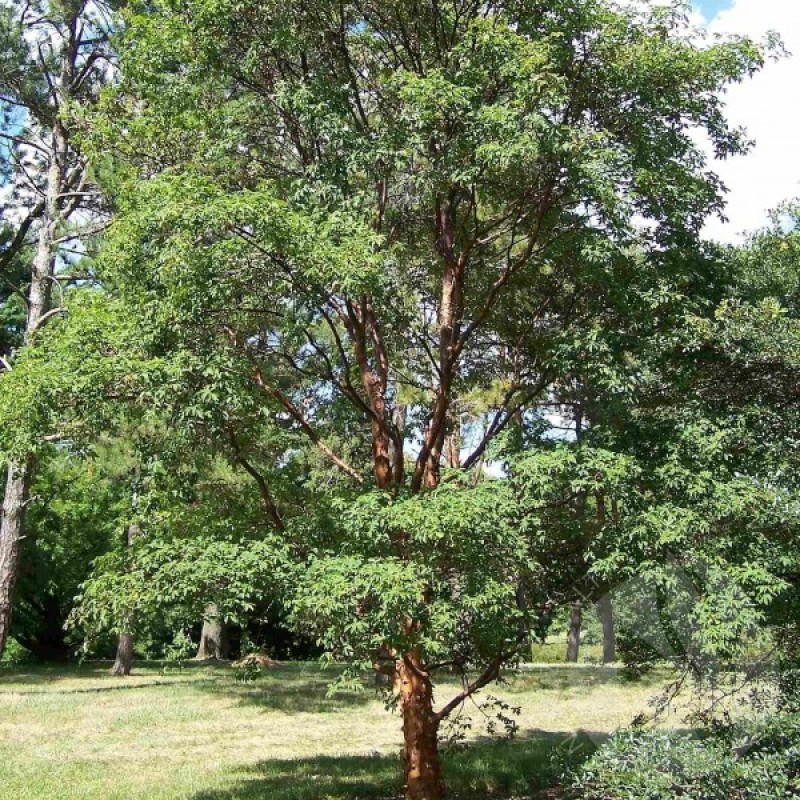
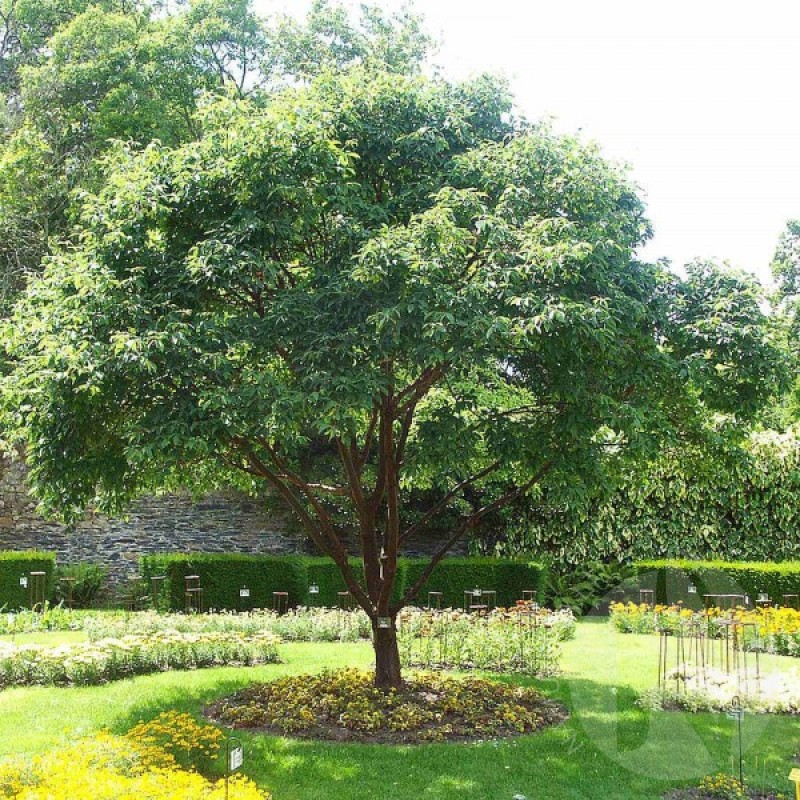
IMPORTANT:
The earliest shipping date for all orders is: November 12, 2024.
SORRY FOR THIS INCONVENIENCE.
Paperbark maple is a small, oval to rounded deciduous tree native to central China. It has distinctive three-parted leaves of dark green that turn orange-red and bronze tones in fall. This tree is best known for its beautiful, peeling coppery cinnamon bark, which looks lovely year-round.
Paperbark maple does best in sites with moist, well-drained soil and full sun to partial shade. The winged fruits of this maple are usually sterile, so it is not weedy. Though slow growing, this highly attractive tree is well worth the wait. It is best enjoyed in the landscape as a feature plant.
Of easy cultivation, it prefers a good moist well-drained soil on the acid side. Prefers a sunny position but tolerates some shade. Grows well in heavy clay soils. A very ornamental tree.
Genus - Acer
Species - Griseum
Common name - Paperbark Maple
Pre-Treatment - Required
Hardiness zones - 5 - 8
Height - 20'-30' / 6 - 9 m
Spread - 20'-30' / 6 - 9 m
Plant type - Small Tree
Vegetation type - Deciduous ornamental
Exposure - Full Sun, Partial Shade
Growth rate - Slow
Soil PH - Acidic, Neutral, Alkaline
Soil type - Clay, Loam, Well drained
Water requirements - Average Water
Landscape uses - Feature Plant, Foundation, Mixed Borde
Bloom season - Spring
Leaf / Flower color - Dark Green / Yellow
GERMINATION INSTRUCTIONS
Start the cold stratification process in December - January.
Place the seeds in a glass bowl and cover with room temperature water. Allow the seeds to soak for a minimum of 24 hours but no longer than 48 hours.
Remove the seeds from the bowl of water and rinse them off under clean running water.
Push the seeds into the peat and seal the plastic bag. Shake the bag to distribute the peat so that it covers the seeds completely. The seeds must be buried in the moist peat in order to germinate.
Place the sealed bag in the bottom of the refrigerator. This will serve as the cold stratification. The seeds need to be kept at +4-+7C (34-46F) for a minimum of 60 days, but not longer than 90 days.
Open the plastic bag periodically to make sure the peat is still moist. Add water as needed to restore the moisture.
Plant the seeds by removing them from the peat and rinsing them with clean water. Bury the seeds ensuring that the seeds are covered. Keep the soil moist until the seeds sprout.
Atsiliepimų apie šią prekę kol kas nėra.
No questions about this product.

